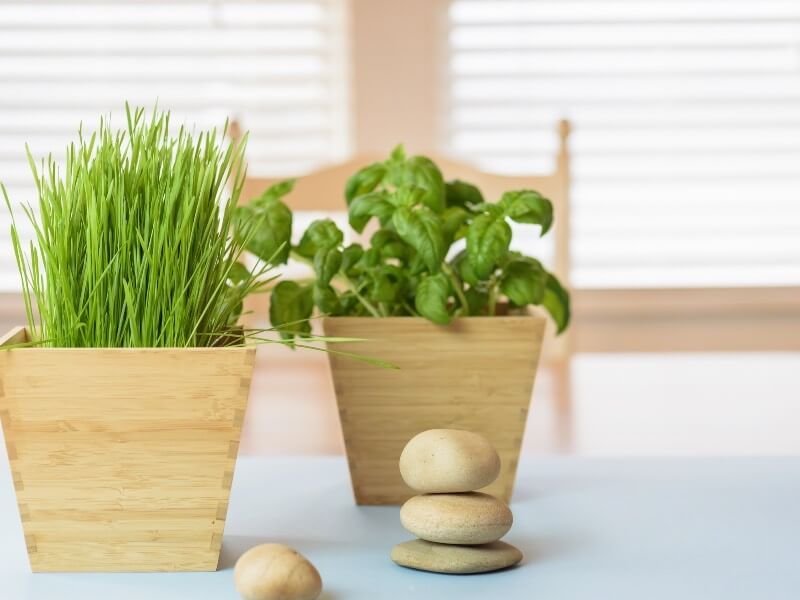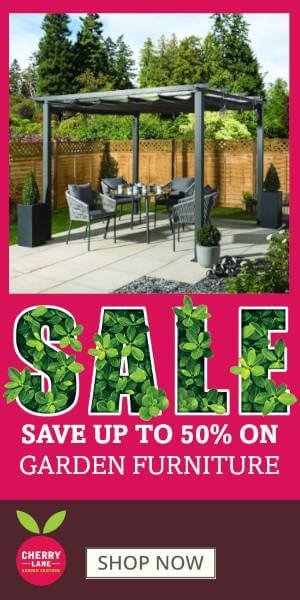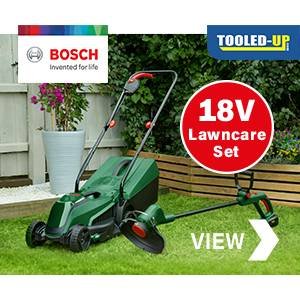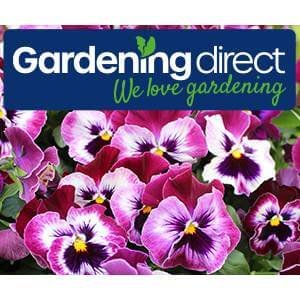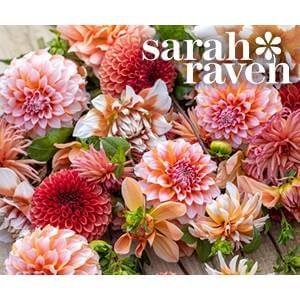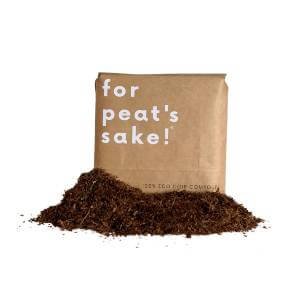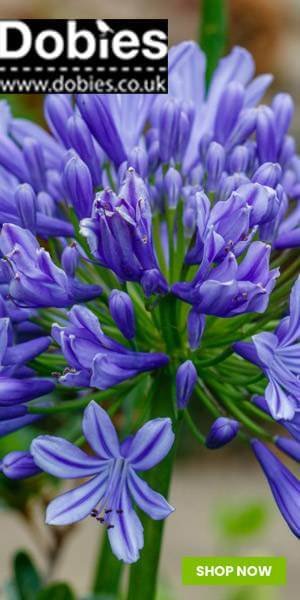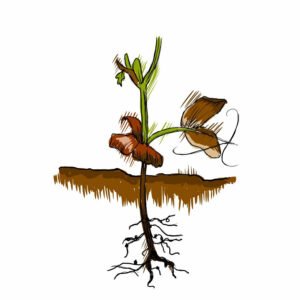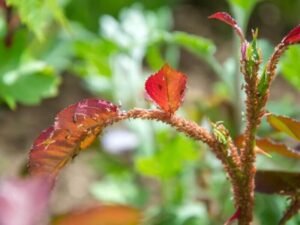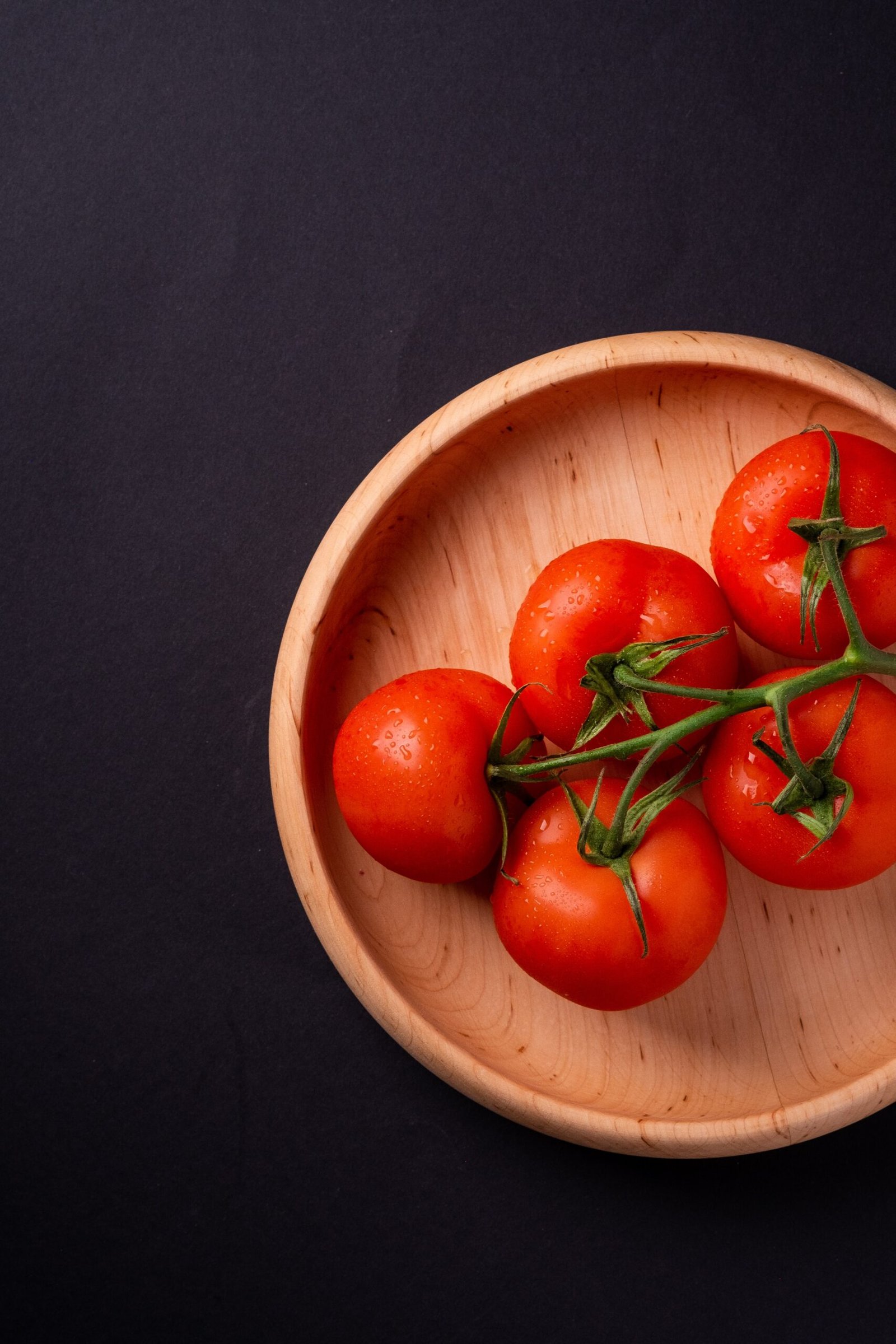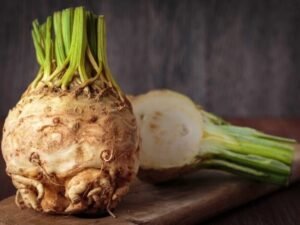Rosemary, thyme, basil, chives, mint, oregano and parsley are the hardiest of the herbs and will thrive the best inside your home; you can read more about each herb in our Kitchen Garden section…
General Tips for Growing Herbs in your home
Although below, there are more specific tips related to certain herbs, and we’re sorry if the herb you’re planning on growing isn’t featured here. This article is a more general guide on herbs inside your home.
When there is less daylight sun in the winter months, it is unlikely that your herbs will grow – in replacement for this, buying a grow light or led light could be a good option until spring has arrived!
Growing Herbs – Location & Light
Herbs will typically need and want a lot of sunlight. We would suggest for them to survive, they will need…
- At least six hours of sunlight each day.
- Located in a south-facing window; if you can try to plant this as close to the window as possible but try to ensure that the leaves are not touching the glass as this could result in them burning.
- Due to lack of light they will not like to situated in the centre of a room or a north-facing window.
- If you plan to plant under a light place your herbs within a foot of the bulbs (always check the light instructions). Recommend leaving these on to start with for 12 hours and adjusting from then.
- Please give them a bit of breathing room and try to avoid overcrowding your herbs together.
- They need to have good air circulation but diseases are more likely to spread quicker and easier if they are close together.
- Try to avoid planting near drafts as even a small amount of cold temperatures can kill them off.
Growing Herbs – Watering
Despite all the sunlight your herbs love and need, you will be surprised to know they won’t require too much water. A good rule of thumb is to keep the soil moist constantly but ensuring it is not waterlogged.
If you notice that the leaves are turning yellow, then it is likely you are overwatering. A slight drizzle from a watering can is the perfect amount, no more than twice-three times a week. In hotter climates, you may find your container herbs will need daily watering. However, do not let your herbs dry out completely. By sticking your fingers around 2inches, check if the soil is dry; this is a good indication of when you need to water.
Probably one of the best ways to water your herbs is to move the plant into your sink, turn on the water and place it under. Let the water flush through the soil and exit through the drainage holes, then allow it to drain and put back in its original position fully; some people do this 2-3 times.
We would also suggest misting your herbs once a week or setting them on a tray of pebbles to keep humidity levels up. Try to avoid pouring the water over the leaves canopies and leaving them soaking wet as this can influence fungal diseases; instead, gently water directly onto the soil or mulch.
Growing Herbs – Food / Feeding
During active growing seasons, which is during the summer months, we would suggest fertilising once a week. During the slower-growing months, feed your herbs once a month. Good options of fertilisers are seaweed extracts and fish emulsion.
Growing Herbs – Temperature
65-70 degrees is the ideal temperature to grow your herbs. Some herbs will require a dormant period where the temperature is 60-65 degrees.
Growing Herbs – Harvesting
You have a few methods for harvesting your herbs; most methods can be used for all herbs, but be sure to check out some different specifics in the harvesting section for each.
Growing Herbs – Drying
ne method is to hand the sprigs in a dark, warm and well-ventilated area when drying herbs. You can also dry leaves on a tray; this should take roughly a day, but be sure to check before moving on to the next step.
Once these are thoroughly dried, store them in an airtight container or bag, crushing before use. If completed under suitable conditions, most herbs can retain flavour for two years.
Growing Herbs – Freezing and Storing
Freezing is a great option, always wash the leaves and dry out on a clean paper towel or air dry. Strip the leaves off and place them into an airtight bag. If you keep your herb in the fridge instead for best results, ensure you use it within 1-2 days.
Storing in a bottle of white/balsamic vinegar or olive oil: Again, wash and dry the sprigs and place them in a bottle with your choice of liquid. As long as the herb oil/vinegar stays covered, it will last. Ensure the herbs are not exposed to air; otherwise, they can develop mould.
Freezing in an ice cube tray: To complete this method, add either water or oil to an ice cube tray, and again you will need to wash and strip the leaf. We would suggest a couple of leaves cut-up per cube, but this is dependent on how strong you like this flavour in the recipes.
Fun fact – the more light intensity that your herbs receive, the stronger the taste!
Let's go Shopping...
Products Coming Soon!
Choosing the correct pot for your Indoor herbs
When choosing your pot for your indoor herb garden, there are three main factors to watch out for;
Choosing the Correct Pot – Drainage
Drainage is vital in growing your herbs; they do not like standing in water, potentially leading to root rot. You will need to ensure that your pot has sufficient drainage and the bottom. We would also suggest having a saucer/tray for your herb(s) to sit on; this will protect your pot’s surface, allowing excess water to flow onto it.
Before adding your herbs and soil into the pot, we would always suggest testing how quick/slow the drainage is. If it has slow drainage, it would be good to add pebbles to the bottom of the pot so that your plant roots are not standing in water.
Choosing the Correct Pot – Size and Material
The size of the pot you choose is also good to mention. Make sure that you select a container your plant fits in. The smaller the pot, the sooner you will have to repot, and this can cause growth to be stunted; in contrast, if you choose a pot too big, it will be harder to keep the soil evenly moist.
Likewise, the plant pot material should be considered based on the humidity of your home. If you have a drier environment in your home, we suggest using a ceramic pot; these will hold the water better than clay or porous pot that dries out faster.
Choosing the Correct Pot – Soil
Be mindful when choosing the soil for your herbs. You will want to ensure that it is rich in organic material. Using good quality potting soil should be sufficient, but avoid using soil from the garden. Check out below the perfect soil for growing specific herbs.
Unlike in the garden, we would suggest not planting multiple different hers in one container. It is hard to create a perfect environment for all of them. Therefore it is best to plant in multiple containers and create the ideal conditions and ideal environment for specific herbs.
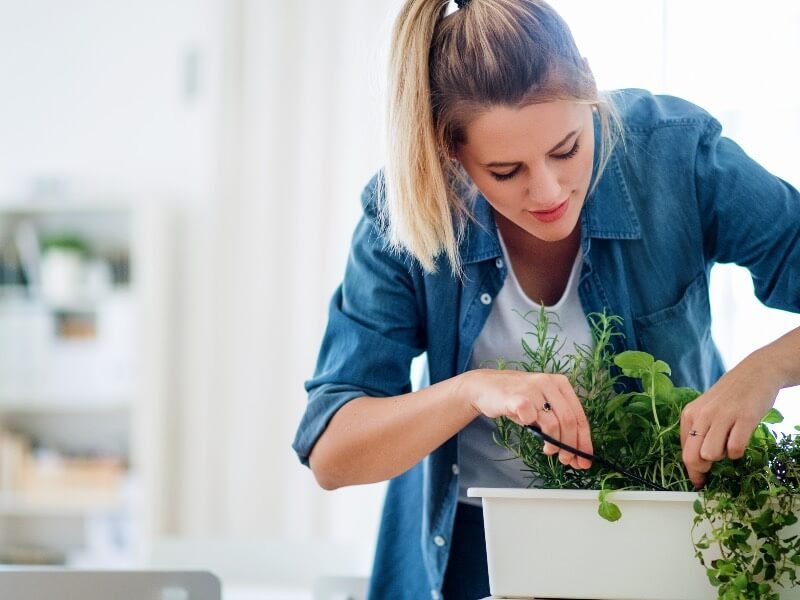
What to look out for when buying Herbs
You will most likely buy herbs from a supermarket that mass produces basil, parsley, mint, and Rosemary. The opposite end of the spectrum is a specialist nursery stocking many cultivators from one or two genera; happily in the middle are garden centres. So wherever you decide to shop, here are a few tips for you.
- Try searching for the younger or healthier looking plants. Its foliage should be clean unstained and free of excessive damage. Clean pots indicate young plants grown in uncongested places with room to grow.
- Be sure to feel the compost it should be moist but not waterlogged and the surface should also be weed-free. Another good way to test this is by removing the herb from the pot; it should be easy to remove without damaging the roots.
- You will want to pick a herb with a good root ball; it should be easy to remove from its pot without damaging the plant or its roots. Check to ensure it is pest-free and has fine coarse roots. Herbs are susceptible to pests such as aphids or spider mites. Aphids will create sticky droppings around the plant whilst spider mites make fine webs on or around the leaves.
What to avoid for when buying Herbs
- You will want to avoid buying small plants potted in pots that are too large for them; these are typically ones that have recently been potted and not of the best value.
- If you notice that the plant looks tired wilted or has matted roots growing through the drainage holes.
- You will want to avoid a herb with bad roots; these will be congested and hard to remove from their pots.
- Also avoid leggy plants; these indicate having low lighting and grown in a crowded area these will typically be cheap and you should avoid buying unless you want to nurse back to a healthy state.

